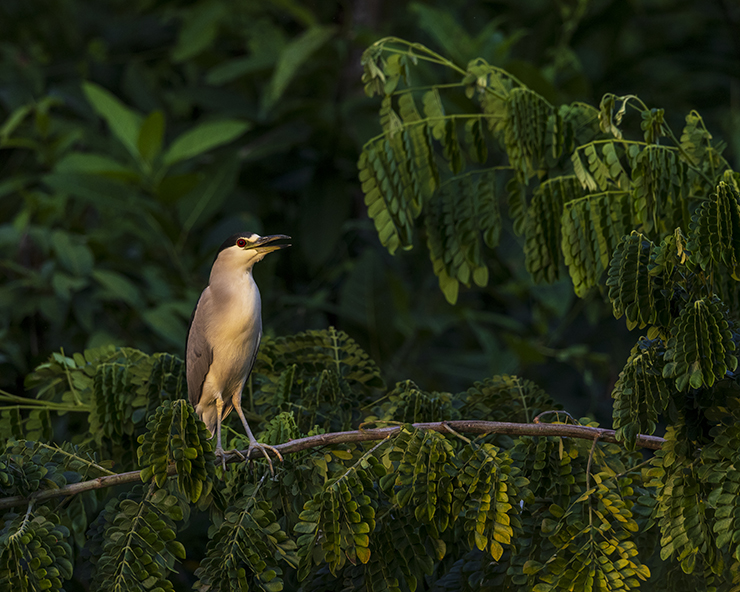
Guyana’s capital city of Georgetown, a quaint, sprawling network of roads and waterways is a regulated introduction to the country’s 800+ species of birds. After several years of planning and failed attempts to make the short flight across to the Land of Many Waters, all the stars finally aligned a few weeks ago – and we began our birding baptism in the botanical gardens within city limits.
Fresh off the plane and still attempting to scarf down lunch, I was forced to hurriedly wipe my hands and grab my camera as I spotted a small, black and white bird among the famous lotus blooms. We had just parked up and I was hoping to eat first and shoot later, but this was not to be.
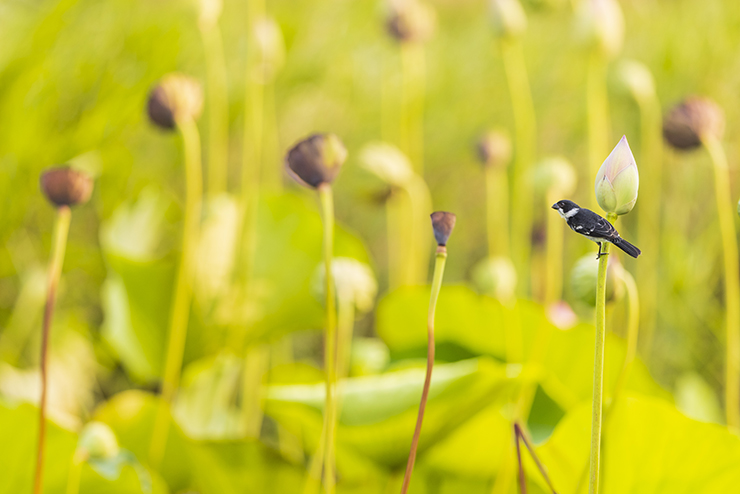
Bird number one in a new country, and fittingly, a lifer for me. Wing-barred Seedeater was formerly a common sight on Tobago but intensive trapping for the pet trade has extirpated the species from that island.
Also in the lotus blooms was a bird that at first seemed familiar, but something seemed strange about it. Great Kiskadees are ubiquitous in Trinidad and Guyana, this bird’s proportions were slightly different, however. Once it vocalized, the differences were made even clearer. It was my first view of a Lesser Kiskadee, one of many brown, yellow, and white flycatchers found throughout the Neotropics.
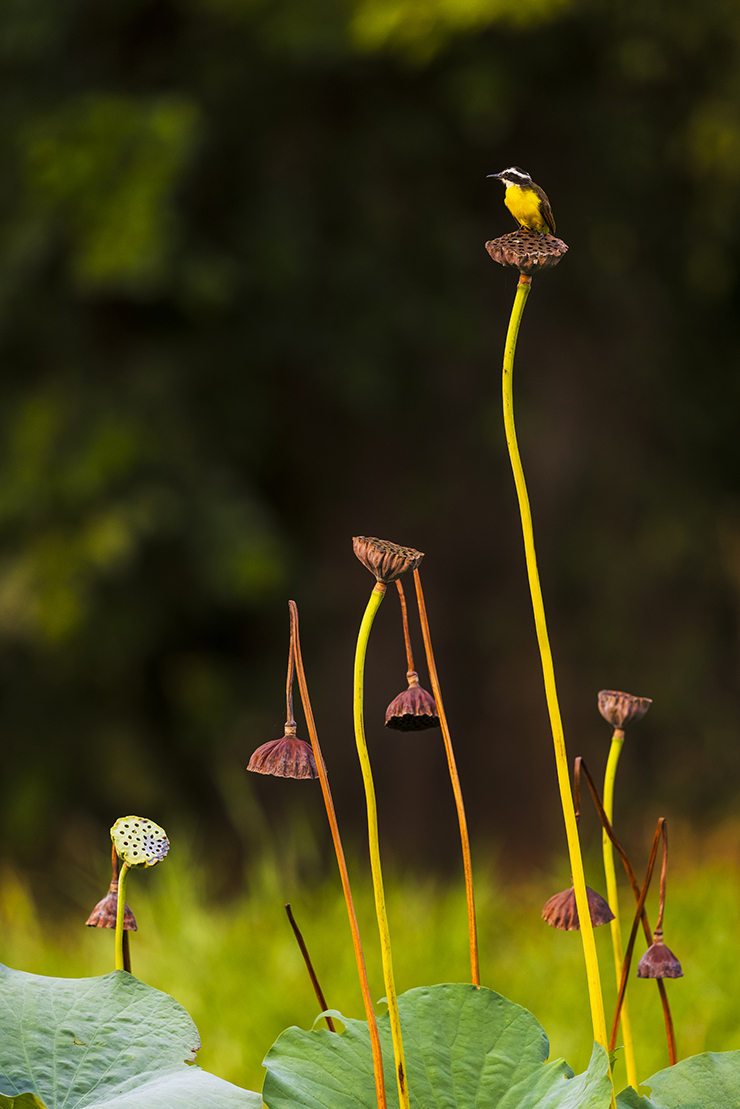
Lesser Kiskadee
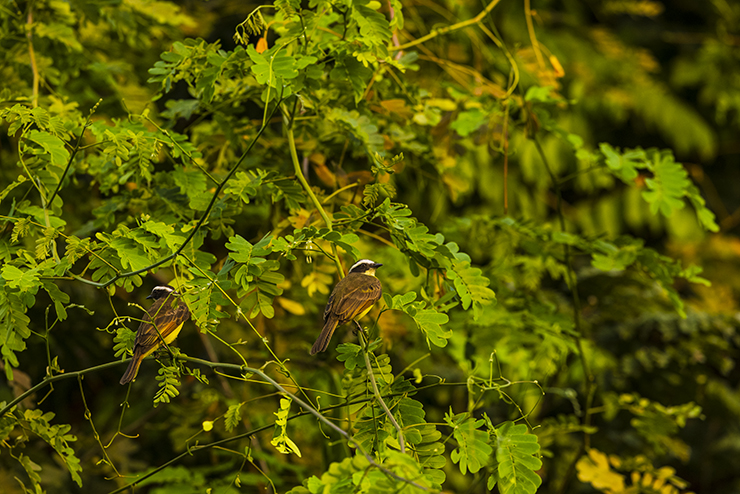
A pair of very similar looking birds flew in to confuse things even more. These birds had much smaller bills and were clearly a different species: Rusty-margined Flycatcher
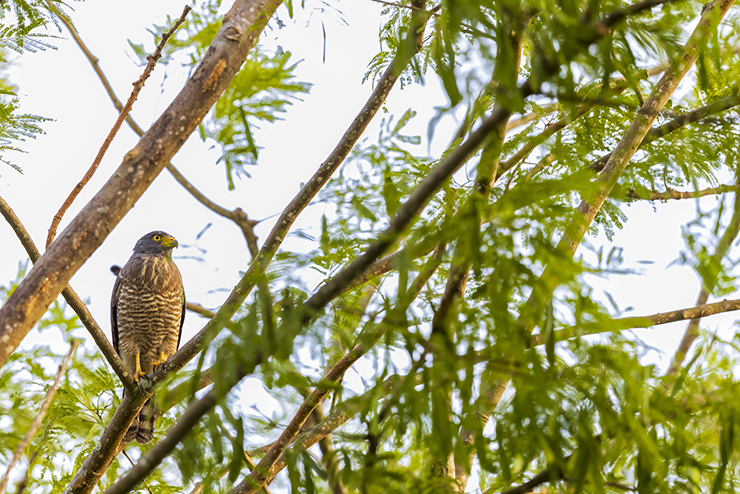
I couldn’t even think of going birding anywhere in South America and not see a Roadside Hawk. This one characteristically perched on a tree next to the roadway.
My guide and good friend of many years Leon began poking around searching for some of the Guianan shield endemics. The first of which was the tiny, adorable White-bellied Piculet. While we did enjoy views of this species several times in the following days, this was by far our best view.
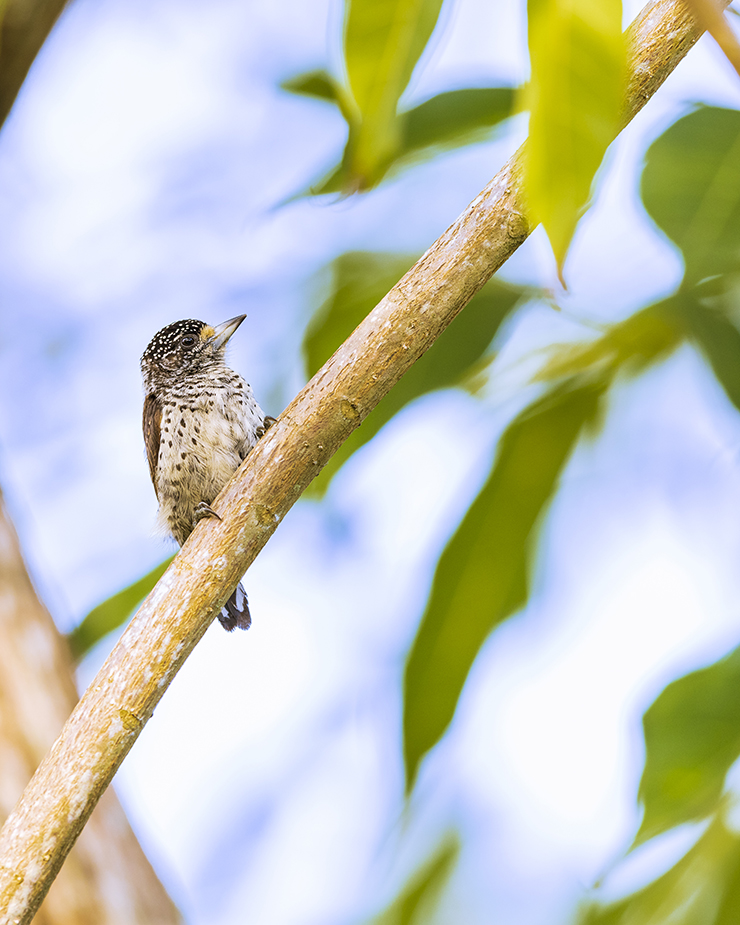
White-bellied Piculet
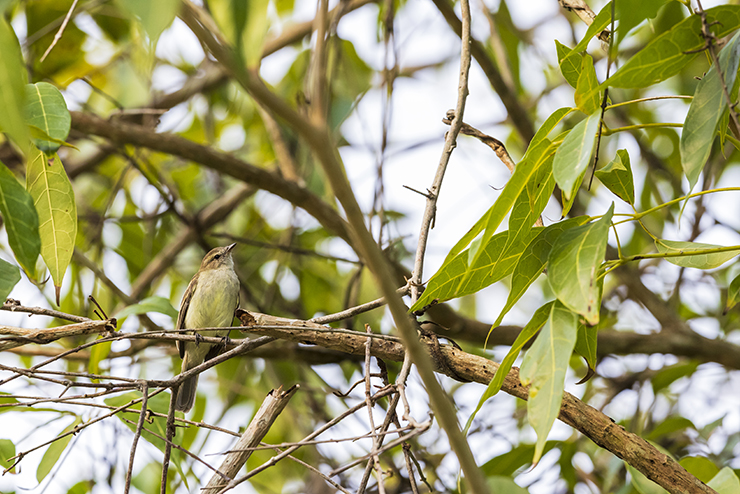
Also in the same tree was a bird I had gone searching for in the past without success: Northern Mouse-colored Tyrannulet
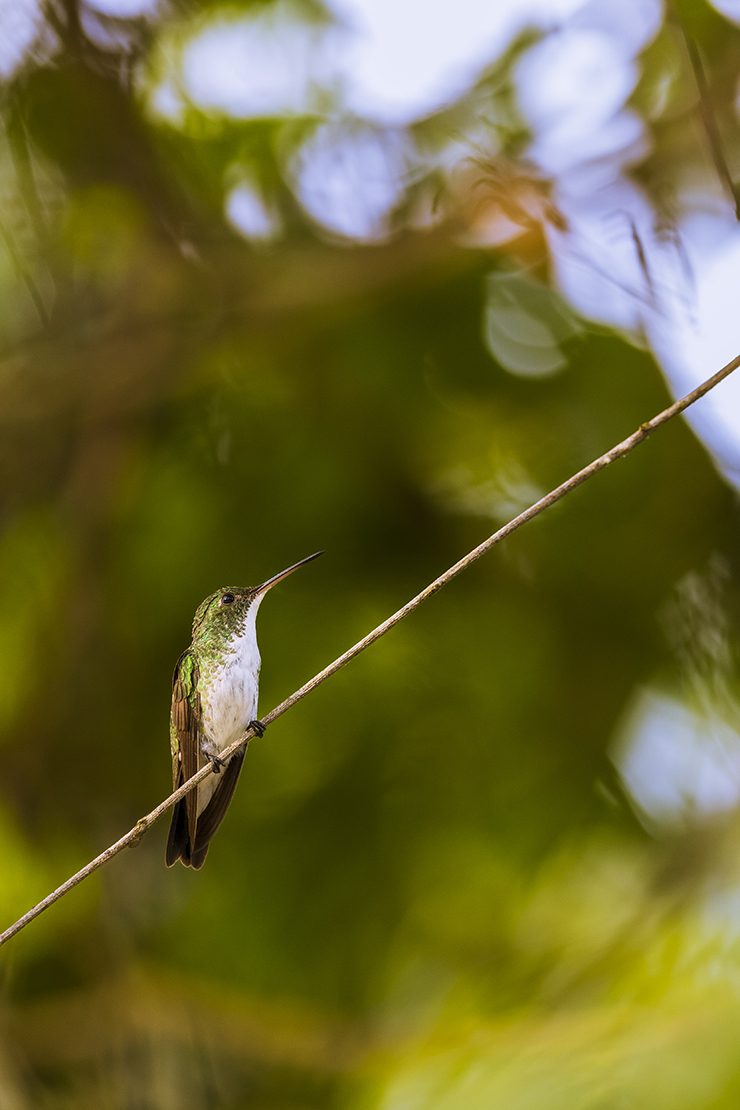
A Plain-bellied Emerald also stopped by to say hello.
Further afield, amidst crowds of raucous Orange-winged Parrots was a pair of Mealy Parrots. As per usual parrot protocol, they were difficult to detect once they alighted in the trees. Fortunately, they were moving around quite a bit and that helped me to locate them.
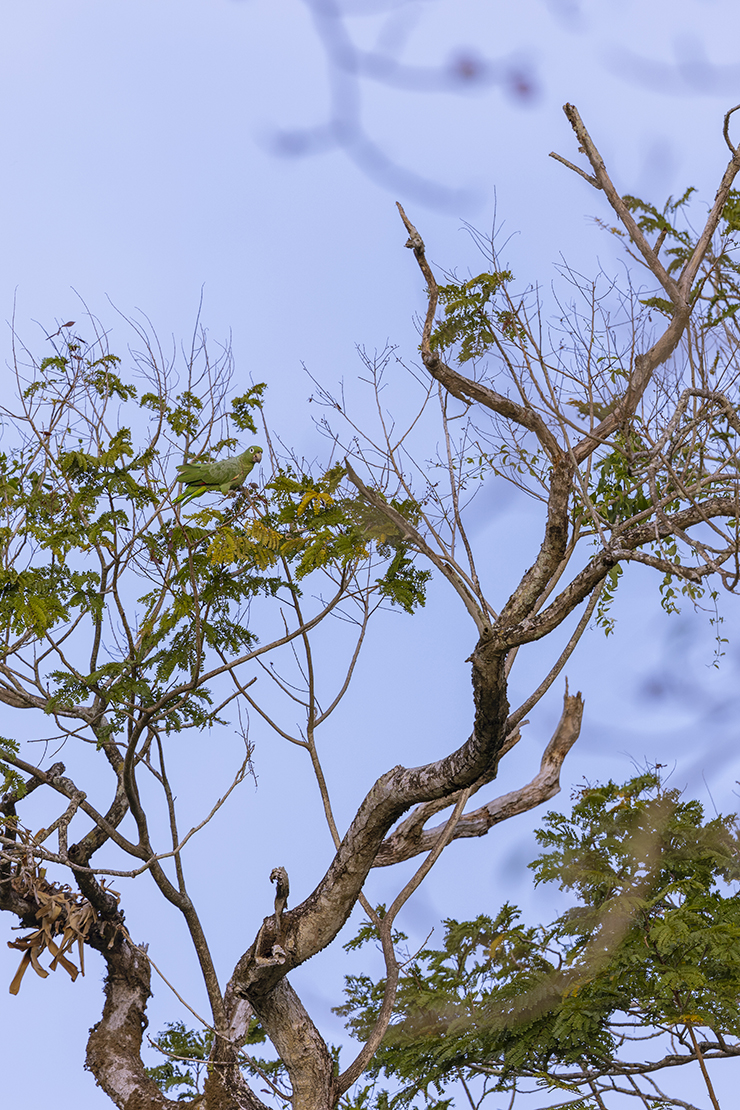
Mealy Parrot
A short walk in pursuit of some Festive Parrots yielded much more than a fleeting glimpse of that species – Green-rumped Parrotlet, Yellow-crowned Parrot, and a small pond filled with Black-crowned Night-Herons of all ages and demeanours.

Black-crowned Night-Heron
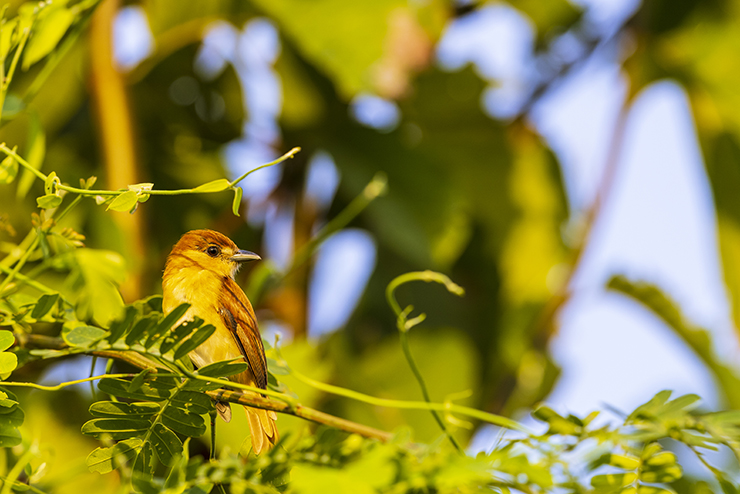
Also in the bushes nearby was a lone Cinereous Becard.
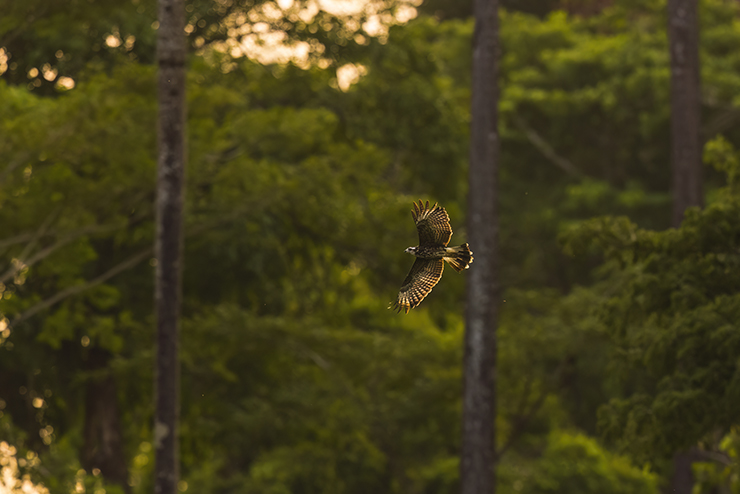
The slow, deliberate flight of a roaming Snail Kite in the fading afternoon light was mesmerising.
With the rapid disappearance of the sun, a small flock of Red-shouldered Macaws flew in, presumably to roost. At first, they alighted on some tall poui trees (pictured), after a short while they hopped across to some of the large palm trees, heading straight for the heart.
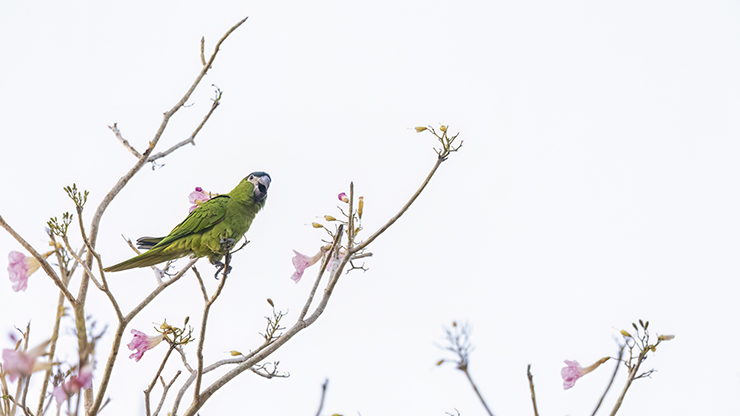
Red-shouldered Macaw
We would have liked to see if the macaws were bedding in for the night, but the mosquitoes began to activate and I knew we had a long week planned – so we called it a day.


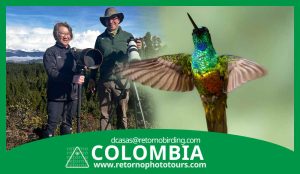


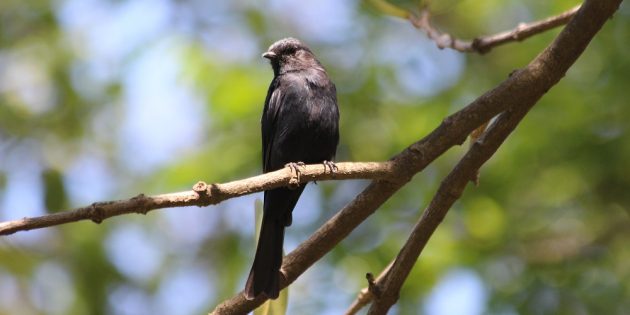

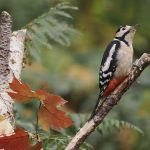
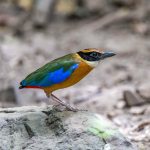
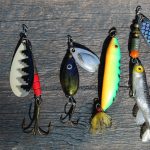
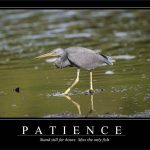
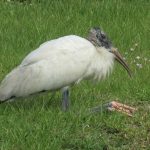
I love the photograph of the Lesser Kiskadee. Just proves that birds don’t have to be full frame in the photograph to have real impact.
It is great to see a professional reveal the diversity of birds in Guyana’s Botanical garden. It is actually an urban goldmine for birders and anyone interested in birds. Years ago, I saw a young harpy eagle just chilling on the lawn.
Many thanks for your kind words, Ramesh and David.